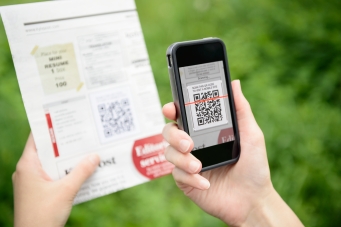Category Archives: Interactive
2012 Local Search Ranking Factors
David Mihm’s 2012 Local Search Ranking Factors are out, and what a good time to get an expert view of all things local search.
As Mihm says in his article, it’s been a bit of a shakeup year, particularly with the recent roll-out of Google+ Local. Many things have changed, but the philosophy of local search marketing has remained markedly consistent, particularly as compared to other digital marketing channels.
What has changed, however, primarily comes from what’s called the Google Venice update. In short, Venice changed the local search engine results page (SERP) from a map and 7-pack oriented layout (with integrated listings) to one focused on local standard organic results. This had the (rightly intended) consequence of placing a greater importance on the domain authority of a website. The search ranking factors study also includes some interesting social factors, including a page’s Google +1 and Facebook Like count.
Take aways? Re-assess your local search marketing priority list, making traditional SEO a bigger part of your local effort.
8 Suggestions for a Winning Web Site Design
 For today’s small and mid-sized organizations, a Web site is a definite must-have in your marketing mix. With nearly three-quarters of the U.S. population having access to the Internet, chances are your customers – and your competitors – are among those users.
For today’s small and mid-sized organizations, a Web site is a definite must-have in your marketing mix. With nearly three-quarters of the U.S. population having access to the Internet, chances are your customers – and your competitors – are among those users.
You may be one of the “little guys” looking to level the playing field. Or, maybe you provide a service that prospective customers want to research before making a purchase decision. Perhaps you find yourself repeatedly answering the same questions. In all cases, a well-designed Web site can help to solve a number of your business challenges. Read the rest of this entry
